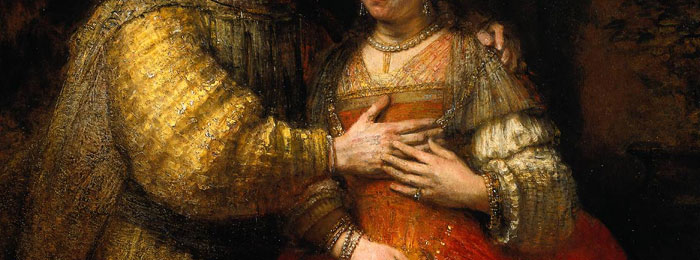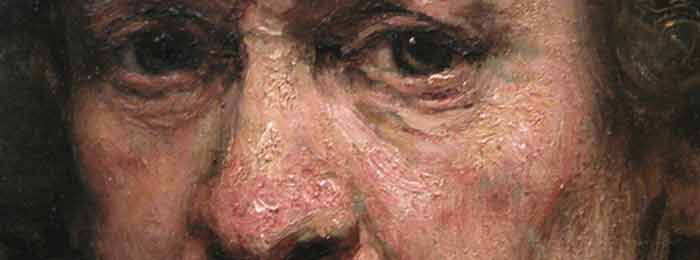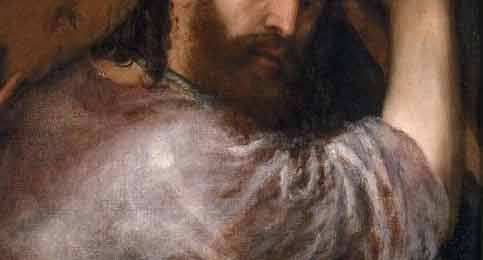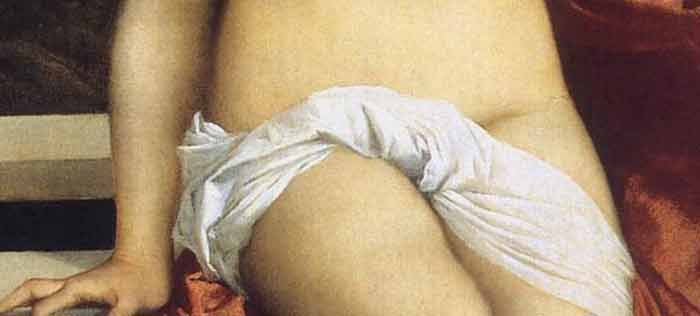On 31 Aug, 2015 With
Rembrandt, who is thought to have learned from Jacob van Swanenburgh and Pieter Lastmann, no doubt took stylistic cues from the Flemish Technique, the Venetian Technique, and the Direct Painting Technique. When observing his work, one can see that he experimented freely with them, moving between them, but he most certainly employed them all. Over time, as he learned each method, he incorporated aspects from all into a his style—while, of course, adding innovations of his own. Some of his paintings utilize wood as a canvas, as was common with the Flemish Technique, which he appears to have used predominantly in those works. In addition to this, a few of his small studies on wood panels seem to have utilized…
Read More
On 8 Jul, 2014 With
The underpainting was a core feature of the Venetian Method, and was often executed in opaque colour, rather than neutral greys. Many colour variations existed on this technique, such as Venetian Red and Flake White, with the only real limitation lying in the fact one ought limit one’s palette to lean paints (paints with a low rate of oil absorption) which are either opaque or very high in tinting strength. High tinting strength paints with a high oil absorption rate (fat paints) may be used only if mixed in minute quantities with very lean paints, so as to keep the underpainting leaner than the layers that will be applied above. Once the colour has dried, it can be modified with…
Read More
On 1 Jul, 2014 With
“Glazing” in relation to the Venetian Method refers to the application of a darker transparent paint over a lighter area. Doing so causes light rays to pass through a transparent darker layer, bouncing off the lighter surface underneath, then returning to the viewer’s eyes, and was useful in creating subtle optical illusions. Only the Renaissance practice of glazing can produce this particular effect, one which results in the look of a warm glow and more saturated colours than the same pigment could achieve if applied more thickly and opaquely. Modern methods, with their more opaque results, lose a sense of distance when one is looking at shadows. Rembrandt’s glowing and rich dark browns owe their origins to this Venetian…
Read More
On 24 Jun, 2014 With
Titian and Giorgione were foremost among the pioneers of what we now call the Venetian Method of oil painting. The Venetian Method, or Venetian Technique, borrowed heavily from the Flemish Method, which saw the application of transparent glazes for the shadows, greater contrast between dark and light areas, and opaque highlights. The Venetian Method, however, deviates in some key areas, adding its own take on the Flemish process. While the glossy finish of the Flemish Method was ideal for small wood panels, on large paintings it was distracting and decidedly “overkill”; ergo, Titian refined the painting process to produce a less reflective surface. Most probably, he cut out sheen-enhancers like polymerized oils, balsams, and resins, and replaced them with…
Read More





